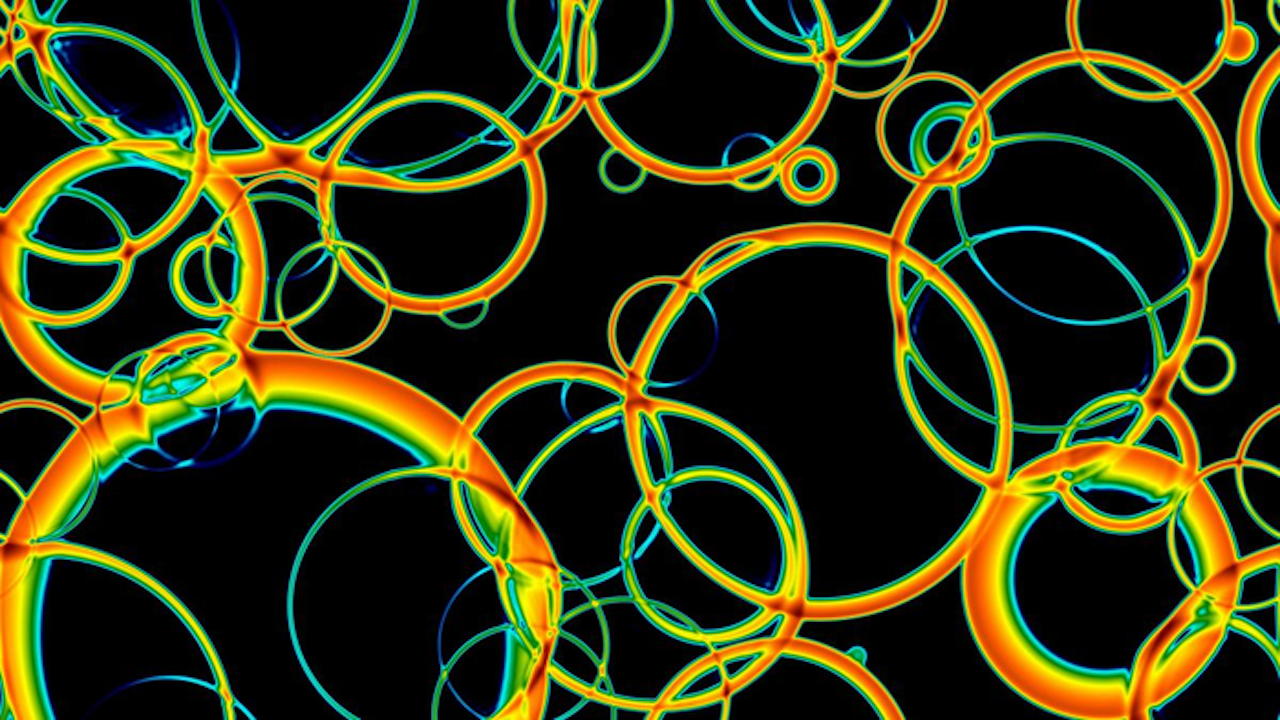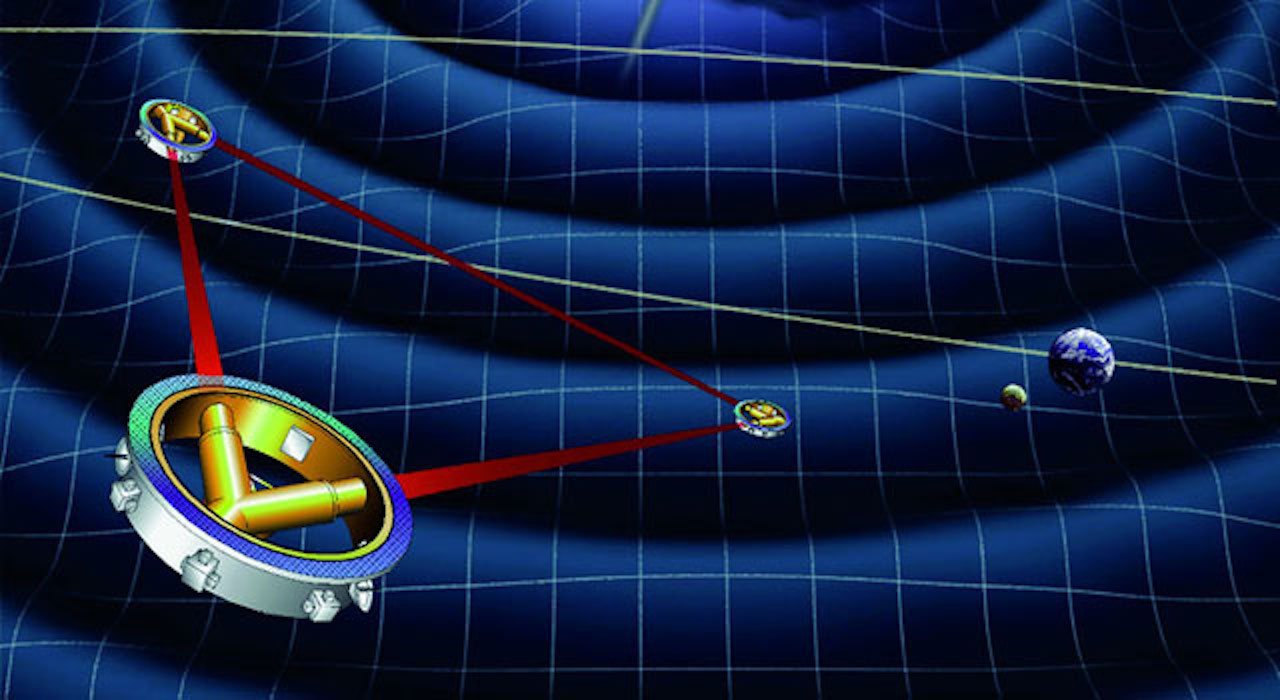Upcoming satellite mission may 'see' how early universe cooled
During the cooling of the early universe, bubbles formed in its hot plasma, triggering gravitational waves. These space ripples could be detectable even today, a new study suggests.

As the early universe cooled shortly after the Big Bang, bubbles formed in its hot plasma, triggering gravitational waves that could be detectable even today, a new study suggests.
For some time, physicists have speculated that a phase transition took place in the early universe shortly after the Big Bang. Phase transition is a change of form and properties of matter that usually accompanies temperature changes such as the evaporation of water into vapor or the melting of metal. In the young and fast expanding universe, something similar likely took place as the plasma, which was filling the space at that time, cooled down.
The phase transition in the early universe, however, was quite remarkable, triggering gravitational waves, ripples in spacetime that are most commonly caused by collisions between massive bodies such as black holes and neutron stars. Moreover, the gravitational waves triggered by the early universe's phase transition were so powerful that they might be detectable with the future U.S./European Laser Interferometer Space Antenna (LISA) space mission, according to scientists from the University of Helsinki in Finland.
Related: Here's how the universe could end in a 'false vacuum decay'
In the new study, the scientists model how these gravitational waves could produce a signal that would be detectable by LISA using a technique known as holographic duality.
Holographic duality is based on string theory and enables scientists to mathematically describe the behavior of particles in gravity and gravity-free environments.
Using this technique, the scientists could analyze the likely events that followed phase transitions in the early universe. Their model took into account the temperature at which the transition was likely taking place, as well as the rate of the universe's expansion.
Breaking space news, the latest updates on rocket launches, skywatching events and more!

Since no one was around to observe these early universe phase transitions when they were taking place, the process is still very much shrouded in mystery. Scientists think as the hot plasma cooled down, bubbles started to form in it as part of the so-called nucleation process. Nucleation is the first step in the transition between phases (such as from water to vapor or from water to ice) when bubbles form in the original medium that act as centers of the transitioning process.
But these bubbles, scientists think, collided with each other in the transforming universe, triggering the measurable gravitational waves.
It will, however, still take some time to unravel this mysterious process. LISA, a collaboration between the European Space Agency (ESA) and NASA, is not expected to launch before 2037. LISA will be the first mission dedicated to recording gravitational waves, according to ESA, and it will be able to pick up small fluctuations in spacetime created by colliding black holes and supernovae. If it finds the signals proposed in the research, it will be the first evidence to back up wide speculation of early universe phase transitions.
The study was published in the journal Physical Review Letters in March.
Follow us on Twitter @Spacedotcom and on Facebook.

Ailsa is a staff writer for How It Works magazine, where she writes science, technology, space, history and environment features. Based in the U.K., she graduated from the University of Stirling with a BA (Hons) journalism degree. Previously, Ailsa has written for Cardiff Times magazine, Psychology Now and numerous science bookazines.
